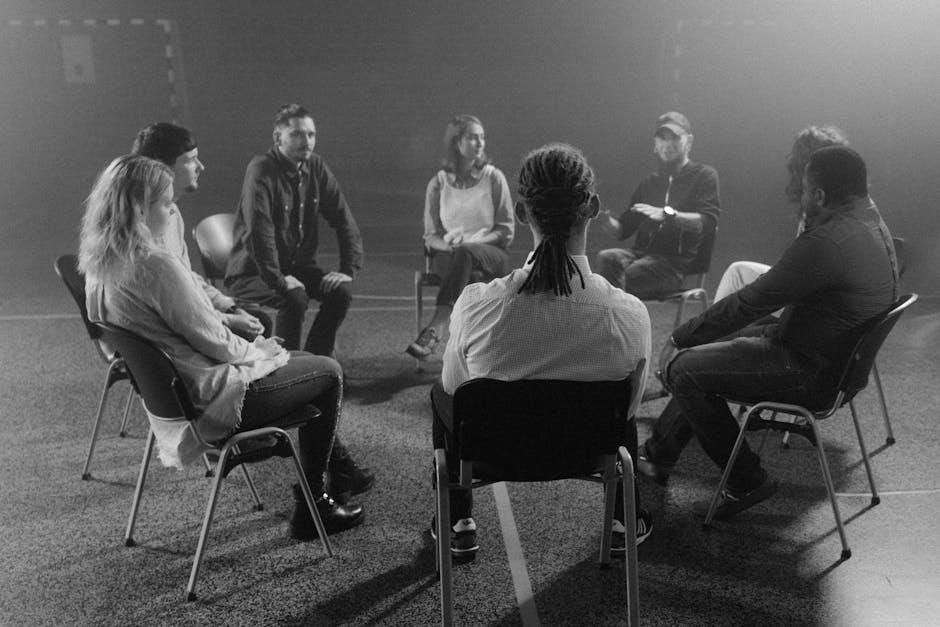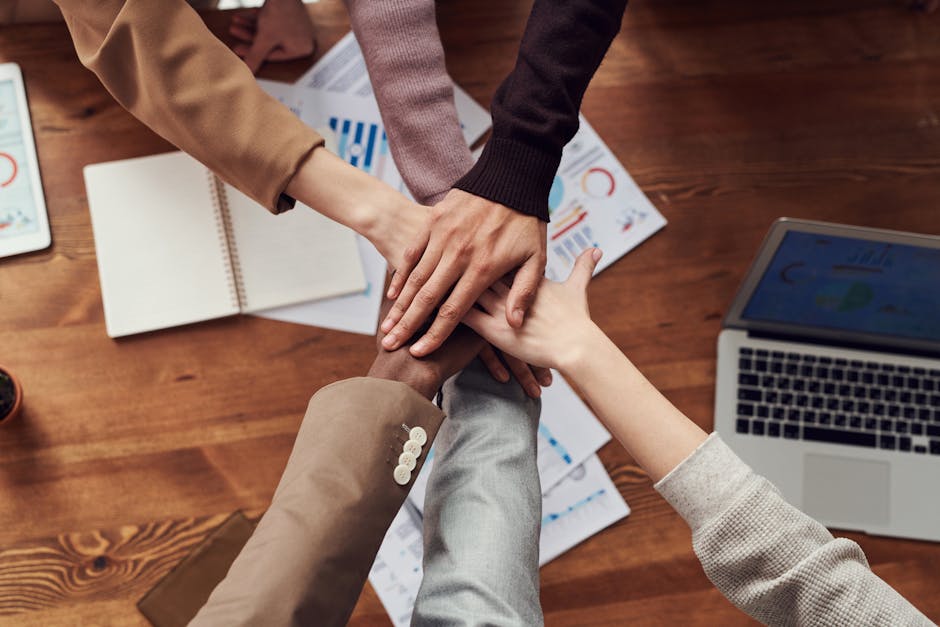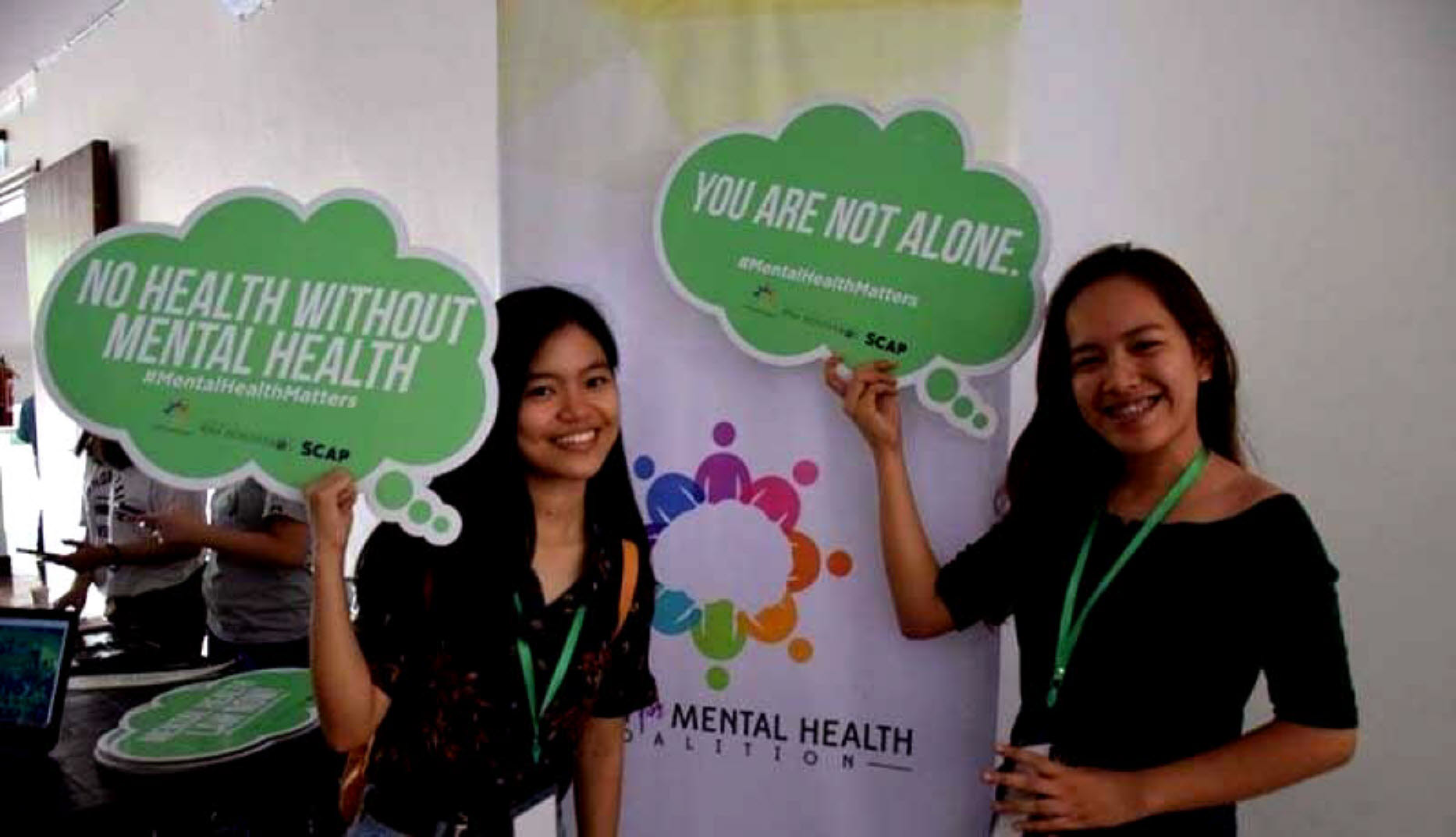After I shared my own story with the veterinary world regarding #depression and #suicidal thoughts, I learned how valuable it is to be there for that person—and how an inch can, in fact, be a mile.

Editor’s note: This article includes discussion of #suicide, #depression and #mentalhealthissues. If you’re experiencing feelings of #depression or #suicidalideation, please call the #NationalSuicidePreventionLifeline (800-273-TALK; 800-273-8255; suicidepreventionlifeline.org). It’s 24 hours a day, 7 days a week. No matter what problems you are dealing with, people on the other end of the line will help you find a reason to keep living.
Question: What’s the difference between enjoying the scenery and falling off a cliff?
Answer: One inch.
JamesDonaldson notes:
Welcome to the “next chapter” of my life… being a voice and an advocate for #mentalhealthawarenessandsuicideprevention, especially pertaining to our younger generation of students and student-athletes.
Getting men to speak up and reach out for help and assistance is one of my passions. Us men need to not suffer in silence or drown our sorrows in alcohol, hang out at bars and strip joints, or get involved with drug use.
Having gone through a recent bout of #depression and #suicidalthoughts myself, I realize now, that I can make a huge difference in the lives of so many by sharing my story, and by sharing various resources I come across as I work in this space. #http://bit.ly/JamesMentalHealthArticle
Earlier this year, I shared the story of my struggle with postpartum depression and #suicidalideation. I was incredibly honored, humbled and overwhelmed by the responses I received. Total strangers thanked me for helping shine a light into their darkness. They connected with the description of my anxious, overanalytical mind—something I dubbed “border collie brain.” And mamas with babies of all ages told me over and over: “This is me” and “I needed this today.”
As I read the responses, I felt a sense of responsibility to those taking the time to share their stories with me. I took the better part of a day making sure that I responded to every single comment and message I received. Thank you for sharing. Thank you for staying. I see you. Just keep going.
I began to wonder if I was doing enough. Now that the weight of these struggles had been shared with me, what was my responsibility in carrying them and honoring those who opened themselves up? Knowing there were veterinarians and mothers out there who were hurting, what was my role in helping them? It felt like something for which I was utterly underqualified.
During my conversations with those who reached out, I was surprised to find that no one was asking me to “fix them.” No one expected me to have the answers, to be an expert or to know how to make everything OK again. They were simply happy to know that there was someone else out there like them, and if there was eventual light for me, perhaps there would be for them, too.
I started to wonder if perhaps—beneath the #socialmedia campaigns, task forces and informational brochures—the actual frontline fight against veterinary #suicide is waged on a microscopic basis, one fiber of connection at a time.
It’s sometimes said by people when recounting times of #suicidal ideation that an interaction with a single person helped to pull them out of the darkness. Spoken this way, it sounds incredibly weighty and intimidating. It seems like a realm reserved for psychiatrists, clergy or self-help gurus. But I’m here to tell you that there is absolutely no qualification required to be “someone’s person.” But what does that mean to fill that role?
Being someone’s person means really seeing them.
It’s recognizing something “off” in the way someone sounds or carries themselves. It’s noticing the changes in routines or priorities. It’s asking “How are you?” and hearing the unspoken words behind “I’m fine.”
It should be emphasized that you don’t have to be close to the person to see that they’re struggling. Some of the most meaningful conversations I’ve had about mental health have been with people I don’t know very well. “You seem quieter than I usually see you … is there anything troubling you, or anything I can help you with?”
Being someone’s person means embracing the uncomfortable.
It’s knowing (or suspecting) someone is struggling and not shying away. No matter how awkward or unqualified you may feel, there is no downside to trying to connect with someone who may be considering #suicide.
It’s rejecting the myths surrounding #suicide, and understanding that asking someone if they’re thinking of hurting themselves is not planting an idea—in fact, it’s one of the best tools for getting people help: “People who are experiencing the struggles you are sometimes think about taking their lives. Are you having any thoughts like this?”
Being someone’s person means understanding that emotions are complex and difficult.
It’s normalizing the emotions: the fear and #anxiety, the hopelessness and the shame—while still rejecting the action being contemplated.
It’s understanding that, at first, you may be met with denial or even anger, but that having someone “alive and mad at you” is far better than the alternative.
Being someone’s person doesn’t mean you have to fix them.
If you saw someone having a heart attack, you wouldn’t be expected to perform bypass surgery just because you were the one who asked them if they were having chest pain. You wouldn’t be expected to be their exercise coach and personal nutritionist afterwards. Your only obligation is to recognize the signs of an emergency, stabilize them if possible and get them to a place where they can be assessed and treated appropriately.
Similarly, being someone’s person doesn’t mean that you are required to solve their problems or fight their battles for them. It doesn’t mean you have to be their therapist. And most importantly, if they do end up taking their life, it does not mean that you failed.
For those looking for more information on how to recognize and assist those at risk for #suicide, QPR (question, persuade, refer) Gatekeeper Training was created to fill the same role in #mentalhealth that CPR and Heimlich Maneuver training does for physical health. The more people can be trained to recognize signs of a #mentalhealth crisis and assess and intervene quickly and appropriately, the more lives may be saved. The AVMA is covering the cost for a limited number of veterinarians to become certified in this program—you can learn more here.
Being someone’s person can be an incredibly small and simple gesture, with astoundingly deep and long-lasting effects. It’s leaning in toward someone who is struggling instead of being frightened away. It’s asking the hard questions and listening carefully to the answers, both spoken and unspoken. It’s holding space for another human, even if you can’t shoulder their burdens for them. It’s knowing that opening yourself up for someone to connect with you doesn’t mean you have to single-handedly save them—just see them. It’s meeting someone where they are, shining a light for them and nudging them back towards safety.
Even if it’s only an inch.
Dr. Meghann Berglund is a proud Colorado State University Ram and the owner of Red Dog Veterinary Relief Services in Colorado. Her hobbies include camping, labeling things and catastrophizing. She is the co-founder of Collective Geekery, the handcrafted art business that steals her free time but returns her inner peace.

James Donaldson is a Washington State University graduate (’79). After an outstanding basketball career with WSU, he went on to play professional basketball in the NBA with the Seattle Supersonics, San Diego/L.A. Clippers, Dallas Mavericks, New York Knicks, and Utah Jazz. He also played for several teams in the European Leagues in Spain, Italy, and Greece, and he toured with The Harlem Globetrotters to wrap up his career. James was an NBA All-Star in 1988 while playing center for the Dallas Mavericks. In 2006, James was inducted into the Pac-10 Sports Hall of Fame and also the Washington State University Athletic Hall of Fame. In 2010, James was elected as a board member for the NBA Retired Players Association.
James frequently conducts speaking engagements (motivational, inspirational, educational) for organizations, schools, and youth groups.
In 2010, James was the recipient of the NBA Legends of Basketball ABC Award, awarded for outstanding contributions in Athletics–Business–Community.
He believes in being a role model for success and professionalism to the scores of young people to whom he devotes so much of his time. He currently serves on several boards and committees and is a member of many organizations.
James believes in developing relationships that create a “Win-Win” environment for everyone involved, and in being the best he can be!
For more information about James Donaldson or to request he speak at your event, contact him at:
www.StandingAboveTheCrowd.com
JamesD@StandingAboveTheCrowd.com
1-800-745-3161 (voicemail & fax)
James Donaldson is the author of “Standing Above The Crowd” and “Celebrating Your Gift of Life” and founder of the Your Gift of Life Foundation which focuses on mental health awareness and suicide prevention, especially pertaining to our school aged children and men.
If you’re interested in having James come and speak to your group of young adults, business entrepreneurs, aspiring political and community leaders, and athletic teams, please contact him at jamesd@yourgiftoflife.org and or leave a personal message for him at 1-800-745-3161. Keep up with him and read about how he is reaching out and making a difference in the lives of so many around the world at www.yourgiftoflife.org



